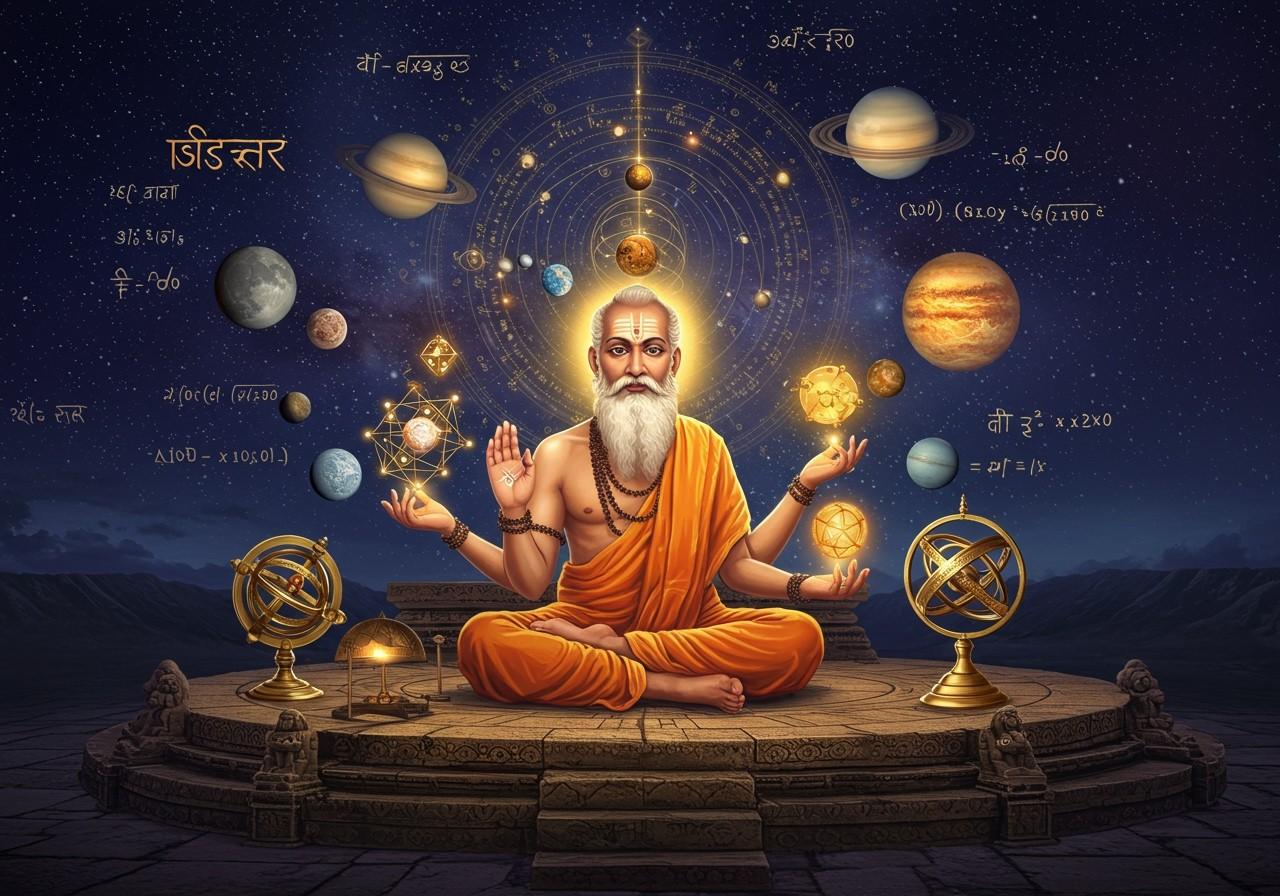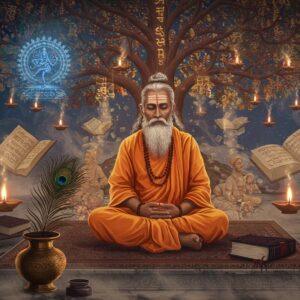
Bhāskara II, also known as Bhaskaracharya, a prominent 12th-century Indian mathematician and astronomer, left an indelible mark on the scientific landscape. His groundbreaking work seamlessly blended tradition with innovation, shaping our understanding of mathematics and astronomy. Let’s delve into his remarkable contributions.
Bhāskara II’s Mathematical Achievements
Bhāskara II’s mathematical prowess is evident in his influential treatise, ‘Lilavati’. This work encompasses arithmetic and geometry, showcasing innovative solutions to quadratic equations. He significantly advanced the concepts of zero and infinity, exploring their properties and applications. His insights into calculus foreshadowed later developments, including differentiation and the concept of instantaneous motion (‘Tatkalikagati’). Furthermore, he refined methods for solving indeterminate equations, building upon Brahmagupta’s ‘Kuttaka’ method and introducing his own innovative techniques.
Bhāskara II’s Astronomical Contributions
Bhāskara II’s astronomical contributions are equally impressive. His magnum opus, ‘Siddhanta Shiromani’, delves into mathematical astronomy and the study of celestial spheres. He accurately determined astronomical quantities, such as the sidereal year, with remarkable precision. His expertise in trigonometry, particularly spherical trigonometry, pushed the boundaries of the field. In ‘Siddhantasiromani’ and ‘Karanakutuhal’, he meticulously documented planetary positions, eclipses, and conjunctions, combining observation with mathematical rigor. Leading the astronomical observatory at Ujjain, he built upon the legacy of Varahamihira and Brahmagupta, elevating Indian astronomy to new heights.
Poojn.in: Connecting You to India’s Scientific Heritage
Poojn.in, India’s leading cultural goods and services store, offers a curated selection of products that honor India’s rich mathematical and astronomical heritage. Connect with the legacy of Bhāskara II through these offerings:
- Panchang and Astronomical Calendars: Explore traditional Hindu calendars rooted in astronomical calculations, enabling you to track auspicious dates and planetary positions, much like Bhāskara II’s astronomical work. These calendars provide a tangible link to ancient timekeeping practices.
- Ritual Mathematics Tools: Discover brass and copper yantras adorned with geometric patterns, along with sacred geometry items for ritual use. These tools offer a unique way to engage with mathematical principles in a traditional context. Explore the intersection of mathematics and spirituality with these beautifully crafted items.
- Educational Resources: Delve into books on Hindu mathematics and astronomy, enriching your understanding of ancient Indian mathematical systems. Find guides that illuminate the astronomical calculations used in rituals, connecting you to the knowledge of past scholars. Expand your knowledge and appreciation for India’s scientific heritage.
Visit Poojn.in to discover more products that celebrate India’s scientific legacy. (Product availability may vary. Please check our website for current stock and pricing.)
Bhāskara II’s Enduring Legacy
Bhāskara II’s legacy continues to inspire mathematicians, astronomers, and scholars worldwide. His innovative spirit and profound contributions have shaped the course of scientific thought. His works, including ‘Lilavati’ and ‘Siddhanta Shiromani’, remain valuable resources for researchers and enthusiasts alike. His life and work serve as a testament to the power of human curiosity and the pursuit of knowledge.
FAQs on Bhāskara II
What were Bhāskara II’s main mathematical contributions? Bhāskara II’s significant contributions include advancements in algebra, arithmetic, and calculus. His work on quadratic equations and his early insights into differential calculus are particularly noteworthy.
What was Bhāskara II’s impact on astronomy? Bhāskara II enhanced our understanding of planetary motions and eclipses. He developed precise methods for calculating planetary positions and created a sophisticated model of celestial bodies.


